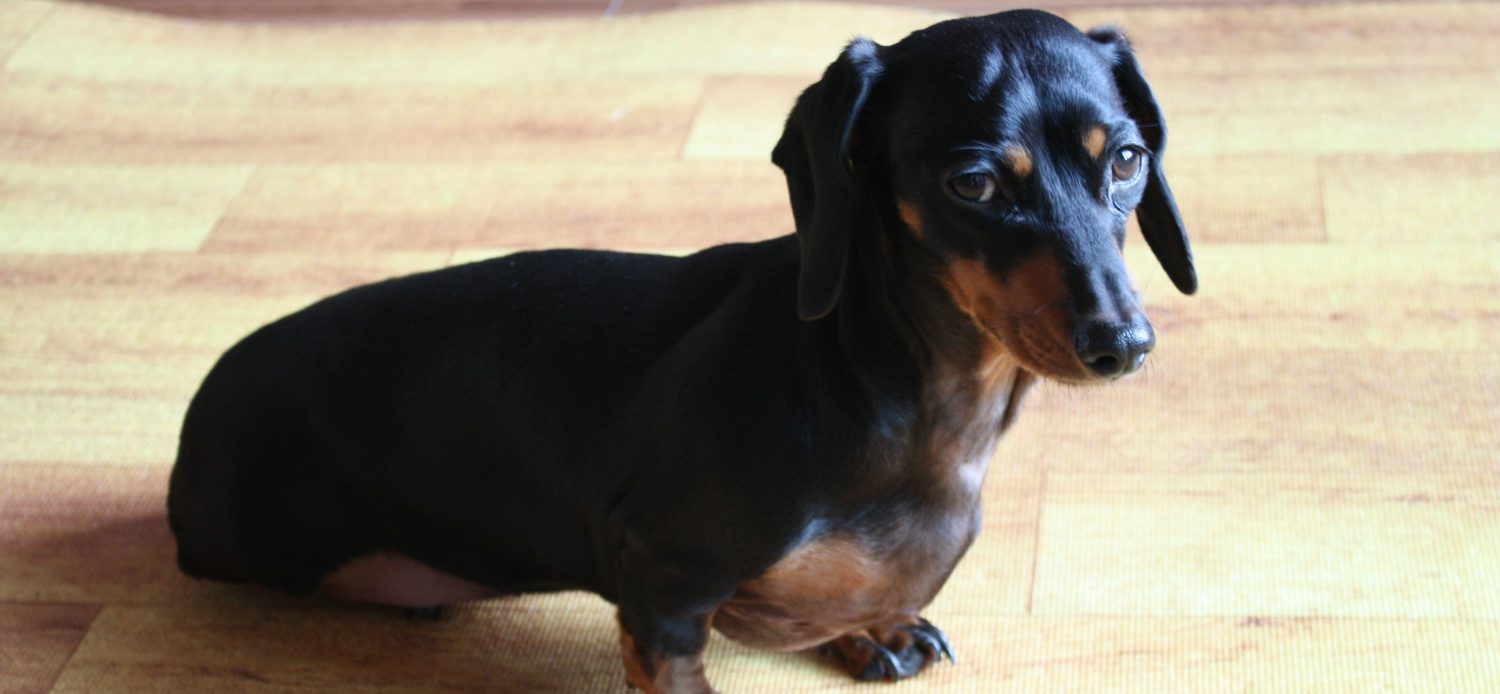Why is my dog with alopecia so itchy and chewing his tail and what should our next steps be to have him treated?
Original Question: My old standard Dachshund Henry has alopecia. He looks quite moth-eaten, poor boy. He is a rescue so no idea of his age but he must be at least 14 or 15. Is there anything we can give him to help? He is also quite itchy and he chews his tail! - Caro
 Apr 25, 2018
Apr 25, 2018
Hi Caro,
Thanks for your question. It’s actually an easy one to answer.
The first thing you need to do is figure out why this is happening. It’s impossible for anyone to simply look at your dog and know what the exact cause is. You may have already tried some treatments, but if they didn’t work, it doesn’t mean they were wrong. It could be that the dose or duration of the prescription was not accurate, or the condition may be caused by multiple reasons.
I recommend you have your veterinarian perform some diagnostics to identify the cause which will allow them to create an effective treatment plan. The first test would be a skin scraping. This is a quick, inexpensive test that is performed in the clinic whereby your dog’s skin is scraped with a scalpel and the material collected is looked at under a microscope. This test can identify ectoparasites on the skin, bacteria, and yeast along with other entities. If the lesions have a circular appearance, I would recommend that your veterinarian perform a fungal culture to look for ringworm. A test that is not performed often enough is a culture and sensitivity, whereby your veterinarian will swab the skin and send the sample to a lab that will grow the bacteria on the skin and expose it to different antibiotics to determine which ones will kill it. If these tests do not identify the problem, the final diagnostic I would recommend is a skin biopsy. In most cases this series of tests should determine the cause.
If you are looking to avoid a visit to your veterinarian and the associated costs, there is general therapy you can perform. I have no way of knowing whether this treatment will work since I cannot exam or test your pet, but it won’t cause harm. You could ask your veterinarian for an antibiotic, anti-fungal shampoo. You can lather it on, leave it in place for 5-10 minutes, then rinse well and dry very thoroughly. Do not allow your pet to stay wet as this can help bacteria to spread. You can repeat this daily or every other day for a week or two. If the condition is improving, then you can continue and end the treatment a week after all lesions have resolved. If within a day or two, there is no improvement at all, I would recommend you visit your veterinarian for a consultation and physical examination while considering the tests I’ve already mentioned. And again, I do not know if this will be sufficient but it is inexpensive, safe and could resolve some of the infections and conditions that can cause lesions like these.
I hope this helps. Good luck.
Dr. Clayton Greenway
Disclaimer: healthcareforpets.com and its team of veterinarians and clinicians do not endorse any products, services, or recommended advice. All advice presented by our veterinarians, clinicians, tools, resources, etc is not meant to replace a regular physical exam and consultation with your primary veterinarian or other clinicians. We always encourage you to seek medical advice from your regular veterinarian.

